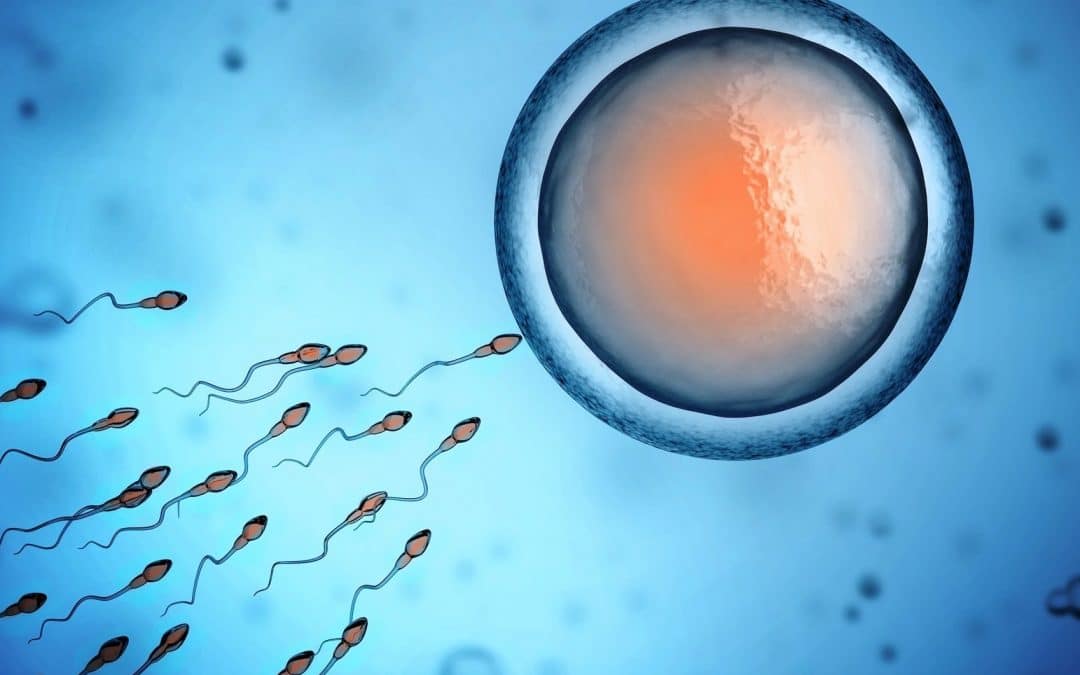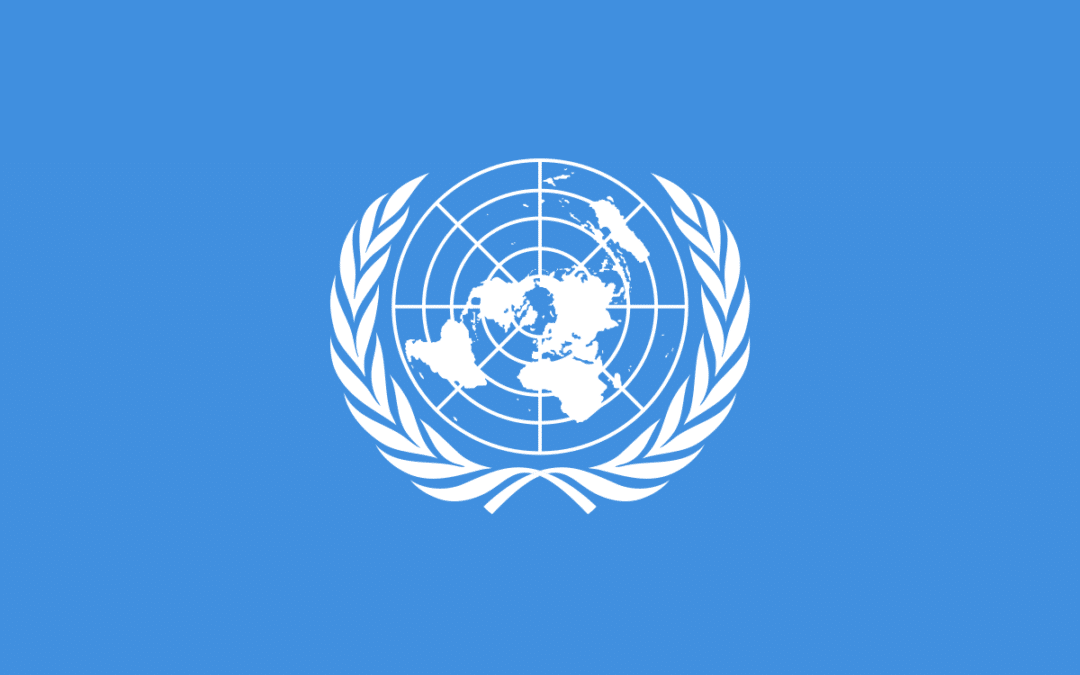In France, an IFOP survey on the end-of-life was recently published by the national complementary insurance company for teachers, the “MGEN ” Mutuelle Générale de l’Éducation Nationale. Its’ militant commitment to euthanasia is openly stated in an end-of-life manifesto : “We…are campaigning for everyone to have equal dignity under French law and to be able to exercise freedom of choice at the end-of-life.”
But, as the journalist for the “JDD” (Journal du Dimanche) judiciously asks: why is the teachers’ insurance company involved in the debates on the end-of-life?
The MGEN president, Matthias Savignac, declares: “The end-of-life issue is first and foremost a question of dignity and individual freedom. We cannot assume that our acquired rights are indisputable; we have to defend them by fighting for new rights. The MGEN has been performing a cooperative work effort by bringing together thousands of its’ members, elected officials, activists, employees, and health professionals.”
“Strange Bedfellows”: Complementary Insurance Companies Pushing for Euthanasia?
Nonetheless, MGEN’s pro-euthanasia activism is not an isolated case.
In May 2021, Alliance VITA sounded the alarm when the controversial Thierry Beaudet, was elected to head the Economic Social and Environmental Council.
While Beaudet was still President of a federation of 426 health insurance companies, in January 2020, he wrote an editorial in the “JDD” (Journal du Dimanche) advocating for “active assistance in dying” and pleading for the “right to choose a dignified end-of-life“. Among those who protested against the indecency of his viewpoint was the psychologist Marie de Hennezel, who had been committed to palliative care for several years. She denounced Beaudet’s conflict of interest, given his position as President of the federation of insurance companies. “One can legitimately question whether these insurance companies have financial interests in promoting this issue. (…) Is the French federation of insurance companies upholding its alleged values of “solidarity, freedom and democracy” when it advocates the legalization of euthanasia as an answer to its’ adherents’ feelings of indignity? And is it appropriate for them to encourage the euthanasia mentality, a straightforward, economical solution?”
Shouldn’t these insurance companies be insisting that everyone have access to palliative care instead of pushing for the legalization of euthanasia with its’ yet undetermined consequences?
Moreover, for the elderly and those who are vulnerable, what kind of mixed message does this convey regarding suicide prevention and support, while simultaneously proposing a “rendezvous” with death? »
Is Euthanasia an Economic Response in a Money-driven Society?
Is society’s mindset being altered from the “right to die” to the “duty to die”? If French law is modified to allow euthanasia or assisted suicide, wouldn’t vulnerable people who are very old or dependent feel pressured to relinquish their lives when economic conditions and/or a utilitarian outlook tries to rob them of their sense of dignity?
In 2016, as one of six arguments in favor of legalizing euthanasia, the philosopher André Comte-Sponville, declared:
“The fourth point is the worst, it’s very gloomy, but ultimately it has to be mentioned. This is the economic cost of therapeutic relentlessness. A doctor told me that 50% of our overall lifetime cost to our national health insurance is incurred in the last six months of life. When it’s for six months of happiness, or even relatively well-being, it’s well worth the price. When it is for six months of agony for someone who, on the contrary, implores assistance in dying, I think it is a little expensive for these six months of misfortune and slavery.” André Comte-Sponville points out the cost of therapeutic relentlessness even though the 2005 Léonetti Law prohibits in France “unreasonable relentlessness.” He probably does so because directly mentioning the cost of care for the last six months of one’s life, outside of extenuating circumstances, would be too indecent…
More recently the same philosopher made a somewhat different answer to the following question: “Those who are opposed to decriminalizing euthanasia are concerned about the effect this would have on individuals who don’t feel as if they contribute to the economy, and the possible scenario that society would decide that those at the end-of-life cost too much… What is your answer to this argument? – There is a real danger here, which calls for strict safeguards that need to be specified in the law. Nonetheless, this should not deprive us of our ultimate freedom, which is to die if we decide to do so. »
Thus, the indecent economic justification is still there, so indecent that it is generally concealed.
Indeed, this danger was described by Robert Holcman, a hospital director and university professor, in his book entitled “We Are Unequal When Confronted with Death – The Right to Die: The Ultimate Social Injustice”. “If the right to die were legalized, who could resist the tremendous ‘charitable’ pressure on everyone who has reached the upward age limit of life? Requests for euthanasia often come from the fear of being a burden on loved ones. Last but not least, the poorest, the most vulnerable among us, live shorter and less healthier lives. Already penalized by social inequalities in terms of health, life expectancy and the number of years without incurring disabilities, they could now be exposed to the ultimate injustice of having a premature ending imposed upon them, due to declining health.”
What is the Role of Complementary Insurance Companies?
On September 8th, the annual congress for the French Complementary Insurance Companies will be held, including a forum entitled “Committing to Mutual Aid and Solidarity”. As announced on twitter, this conference will feature Matthias Savignac, the current MGEN president, a doctor who is a member of the Belgian “euthanasia” commission, and Jean-Luc Roméro, the honorary president of the “Right to Die with Dignity” – an association promoting euthanasia.
It is highly questionable that several insurance companies are advocating a militant stance in favor of euthanasia. Beyond the obvious conflict of interest, which should be seriously considered, isn’t the solidarity, that these companies are upholding, misdirected?
The aforementioned IFOP survey on the end-of-life, commissioned by the MGEN showed that more than 50% of the French are dissatisfied that palliative care is not available for everyone, and are also displeased with the low amounts reimbursed by national and complementary health insurance for a patient’s terminal care, treatment, and home hospitalization. The same opinion poll demonstrated that over 60% are dissatisfied due to the lack of information on patients’ rights, the lack of assistance for end-of-life accompaniment, and the lack of support for families and loved ones.
Isn’t the fundamental nature and role of insurance companies to commit, alongside their members, to better support and accompany them in all the challenging situations of life, especially when they become more vulnerable?
![[Press Release] End of life Debates: Alliance VITA Will Defend the Dignity of the Most Vulnerable](https://www.alliancevita.org/wp-content/uploads/2022/09/fin-de-vie-presidentielles-2022-1080x675.jpg)




